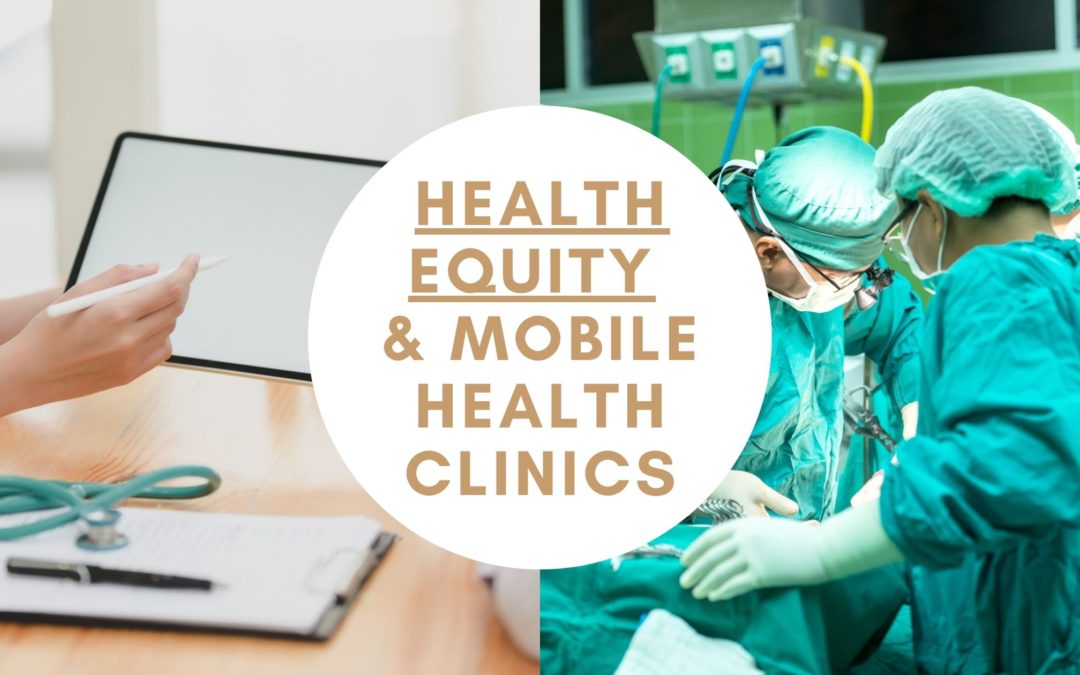Some time ago, I wrote an article on mobile health clinics and their benefits. Over the course of the year since then, little has changed regarding healthcare disparity—populations in isolated areas often struggle with access to care, and MHCs can help bridge the gap. What has changed is the necessity of delivering flexible care to account for the COVID-19 crisis. Often, brick-and-mortar clinics are too overburdened to be safe or effective centers of care. Social distancing guidelines and other safety measures have placed a strain on the number of patients that traditional facilities can take in, leading to some adopting mobile clinics as a solution to address the greater volume.
The care disparity that accompanies the COVID-19 pandemic is an unfortunate exaggeration of the challenges already faced by many when it comes to healthcare. Factors such as distance, financial status, housing instability, and immigration status can all place a strain on a person’s ability to receive safe and effective treatment. What we’re seeing during this pandemic is the failures of the healthcare system magnified and these shortcomings reflected in a public health crisis. Given the far-reaching consequences of not delivering timely care, mobile health clinics are one of many methods that organizations are using to meet emergency demand.
Mobile units come in different forms, such as popup tents and roving vans that can deploy in any high-capacity facility. Many of these clinics, such as Philadelphia’s vybe, are extensions of existing urgent care facilities.
“One of our founding statements is everyone deserves great care, but as COVID-19 hit obviously we are limited by the capacity of our physical centers,” said Peter Hotz, President and CEO of vybe Urgent Care.
Given the equity that these clinics provide, I believe that they should outlast the COVID pandemic. Expanded use can provide pathways to healthcare to underserved areas and improve patient health outcomes in these communities. The challenge of patient access is already apparent for these populations. A September 2020 Morbidity and Mortality Weekly Report from the Centers for Disease Control indicated that black patients represent 18.7 percent of COVID deaths and Latinx patients represent 24.2 percent. Individuals without insurance coverage were also found to be more likely to contract the disease as well.
Mobile health clinics have sought to build trust in their communities by partnering with local organizations. Food co-ops, churches, and charitable organizations all represent existing points of contact that improve the visibility and credibility of a clinic and encourage their usage. Cultural competence is also a must for MHCs, with multiple language options and training for employees. However, it is difficult for providers to both acknowledge and overcome their implicit biases, a challenge that can vary depending on the circumstances of their operations. Even so, dealing with biases is the only way that mobile health outreach succeeds and leads to better outcomes in the future.
